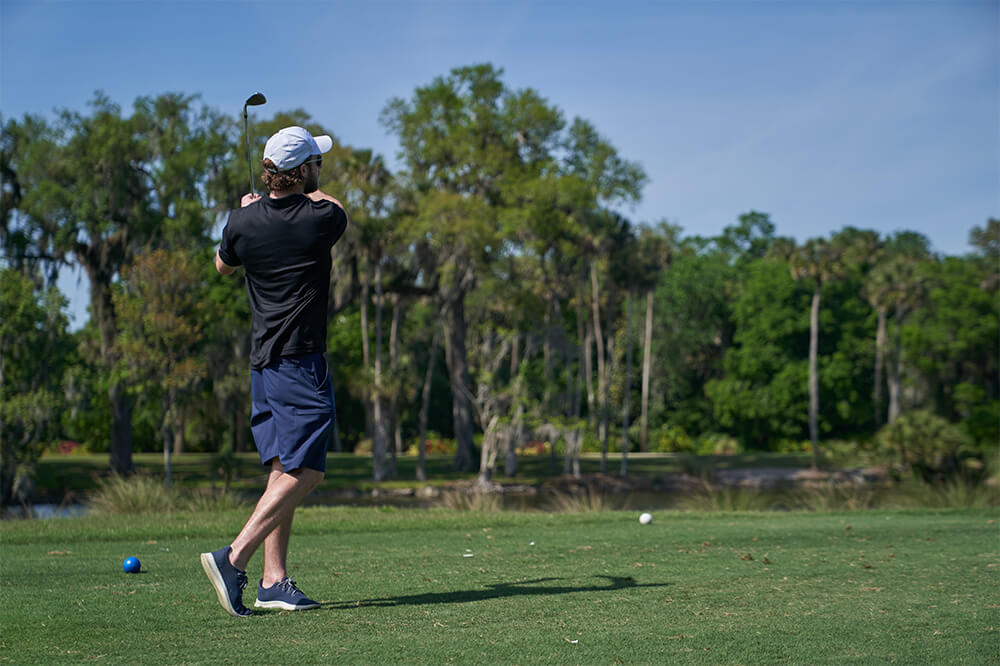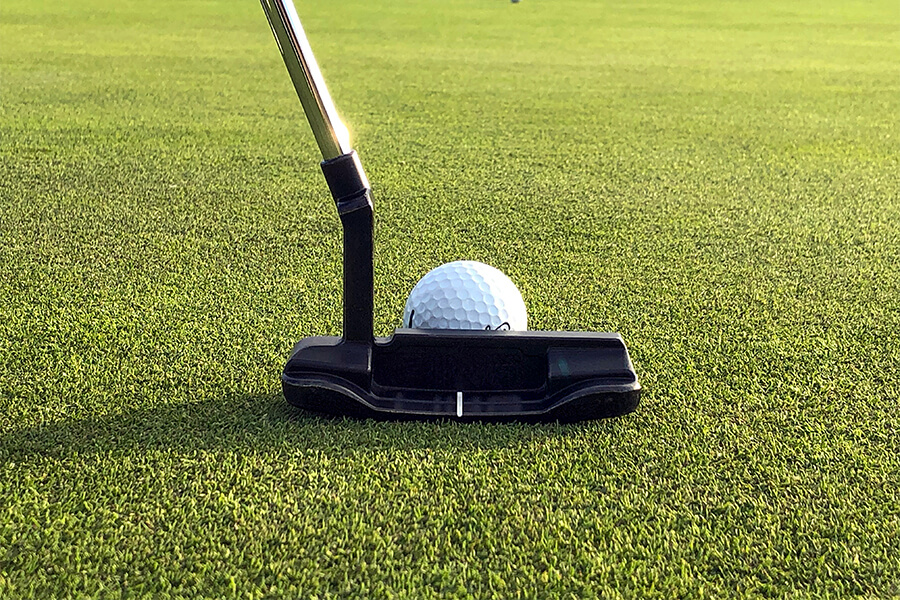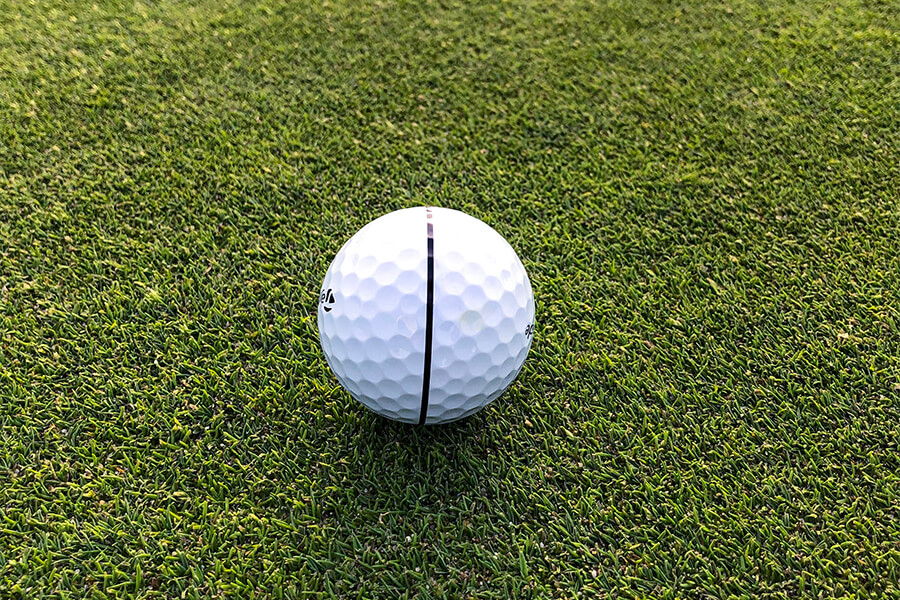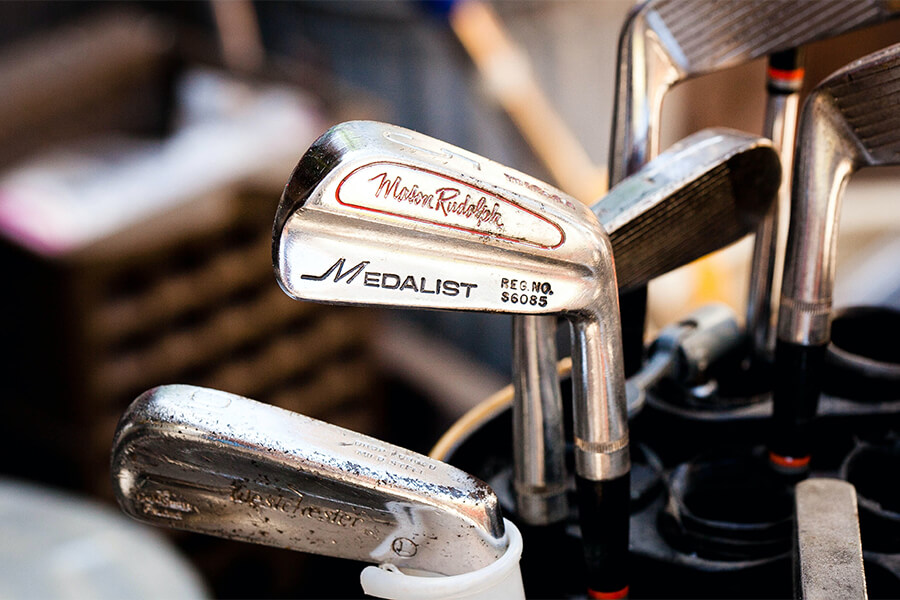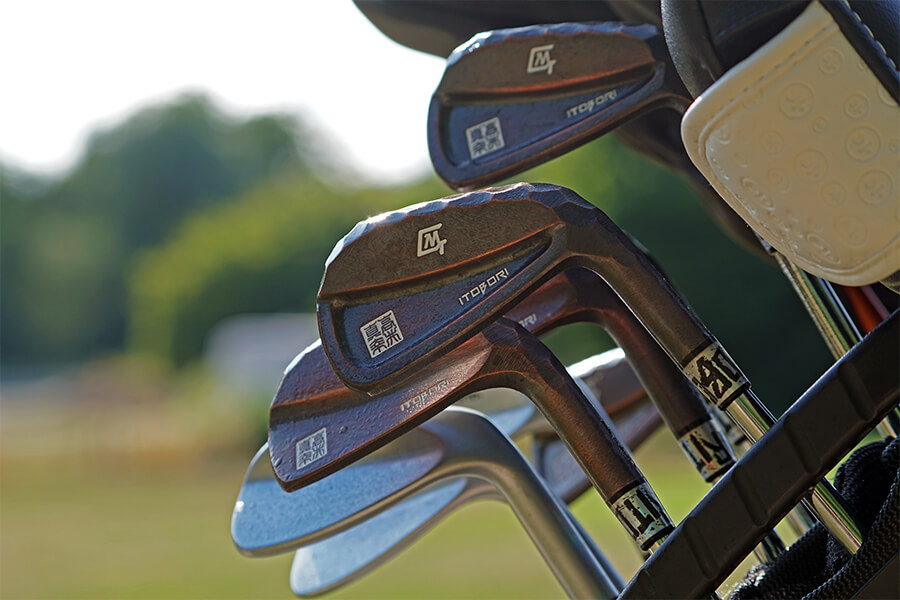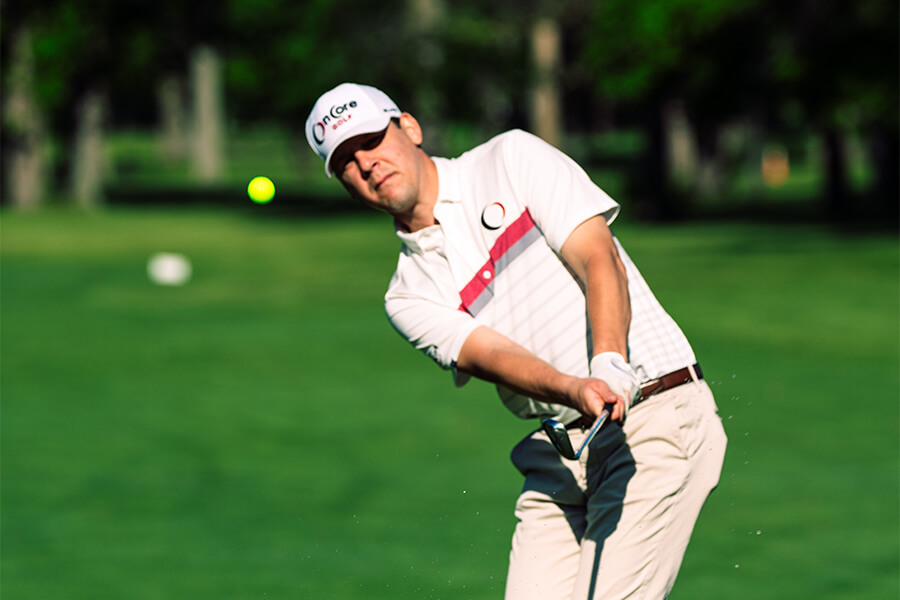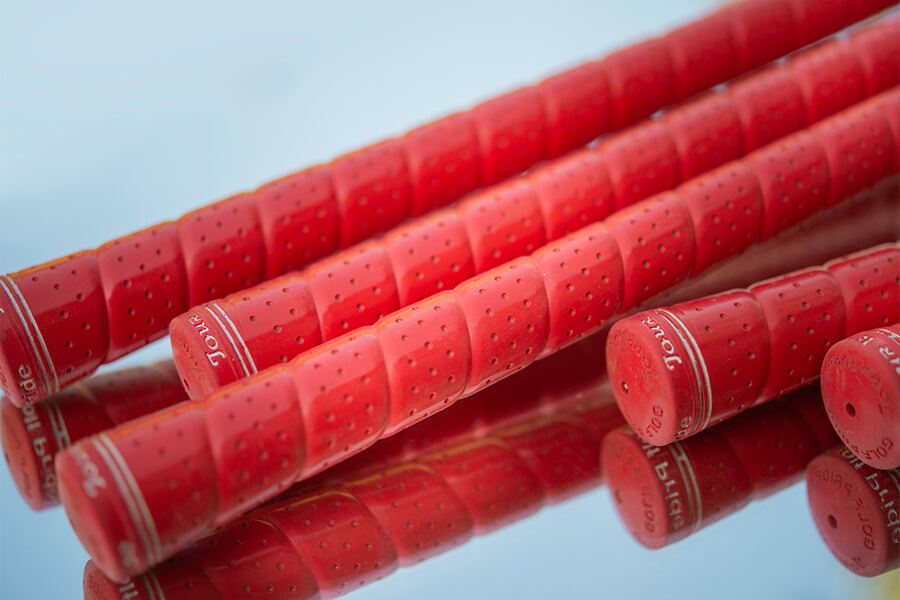Power and distance are crucial elements of the game of golf. Golfers are constantly seeking ways to hit the ball farther and straighter, and being aware of the science involved in the sport can be beneficial. The Coefficient of Restitution, or COR, is a key idea in this field of study.
The bounciness or springiness of the ball and clubface is measured by COR
The amount of energy that is transmitted from the club to the ball at impact is indicated by this figure. The ball is given more energy when the COR value is higher, which causes the ball to travel farther and quicker. The COR of a golf ball has a maximum restriction that is now 0.830, set by the USGA (United States Golf Association) and R&A (Royal and Ancient Golf Club of St. Andrews). This indicates that a golf ball may have a COR of 0.830 or less and still be used in tournament play. There is no COR cap in golf clubs.
Golf club makers are constantly exploring for ways to raise the COR of their products. To achieve this, they experiment with various materials and designs in search of the ideal balance between bouncyness and robustness. Some clubs are built with a greater COR value, while others are built with a lower COR value.
How COR Can Help You Get Better at Golf
It’s crucial to remember that other factors, besides COR, also affect how far a golf shot travels. Other elements that affect the length and accuracy of a golf shot include clubhead speed, launch angle, spin rate, and ball compression. Because of this, it’s critical to comprehend COR and how it impacts your game. This will assist you in selecting the appropriate gear and clubs. Your game can be optimized and your performance can be enhanced by having a thorough understanding of the interactions between various clubs and balls.
Understand the COR and how it influences your game
COR, which stands for the amount of energy transmitted from the club to the ball at impact, is an important idea in the science of golf. You can choose the proper gear and choose better clubs if you understand the COR and how it influences your game. Practicing with various clubs and trying out various balls can also aid in your understanding of how the COR influences your game and ultimately help you become better.
It’s also crucial to remember that there are other factors besides the COR that influence the range and precision of your shots. Other elements including ball placement, clubface alignment, and swing mechanics are also very important. For best success, it’s crucial to focus on each of these components of your game. It’s also critical to bear in mind that the relationship between COR and distance is nonlinear, which means that a slight increase in COR does not automatically translate into a substantial rise in distance. The spin rate of the ball, the launch angle, and the speed of the clubhead must all be taken into account because they significantly affect how far the shot travels.
The overall club design, including the center of gravity and weight distribution, as well as the material of the clubhead and shaft, should also be taken into account because they all have an impact on how the club interacts with the ball and the COR. In conclusion, understanding COR in golf is critical for better club selection, game improvement, and performance. The COR value should not be your only consideration when determining the length and accuracy of your shots; you should also take into account your swing mechanics, ball location, clubface alignment, spin rate, launch angle, clubhead speed, and club design.

